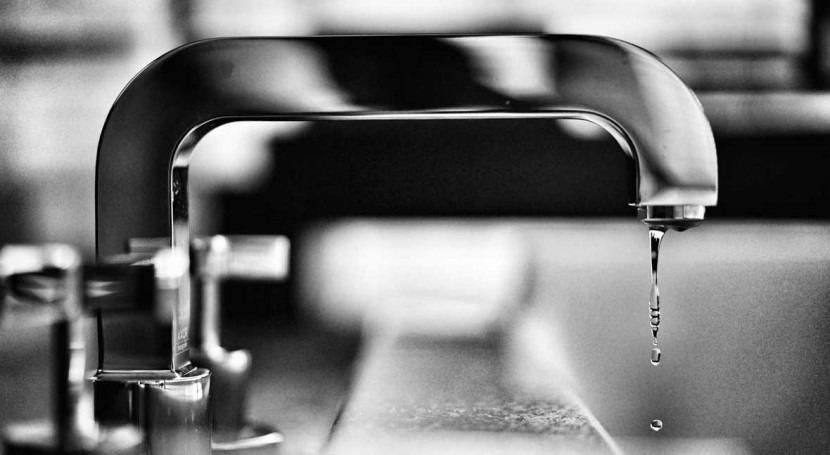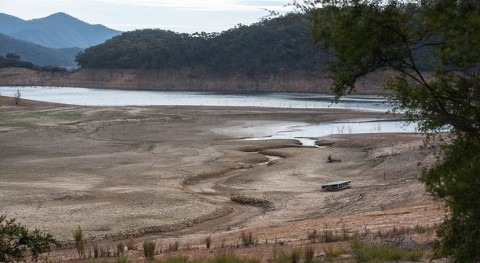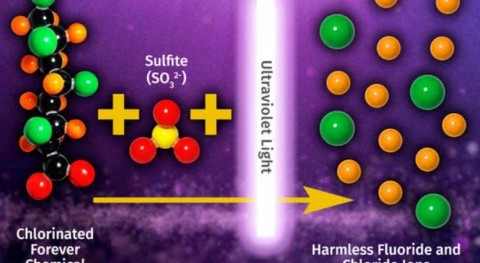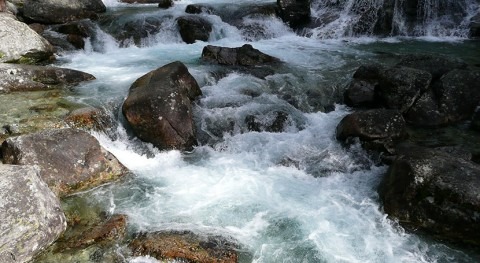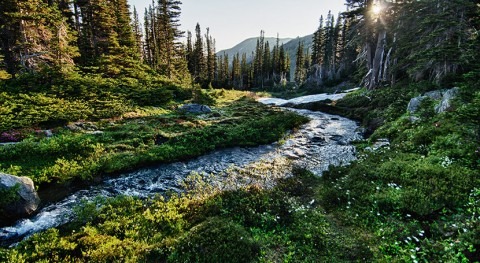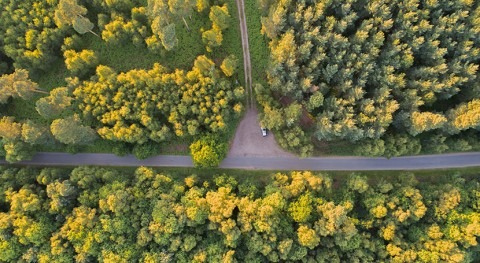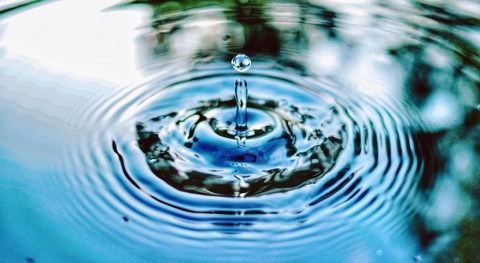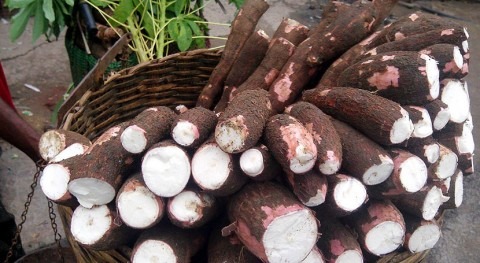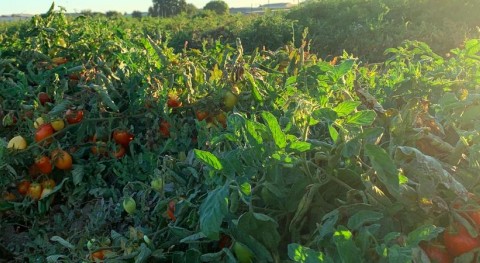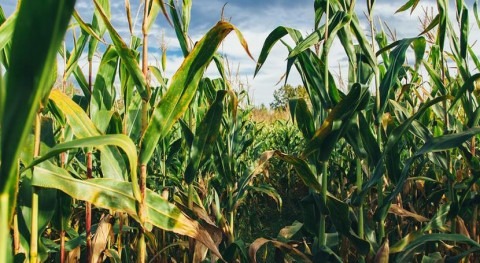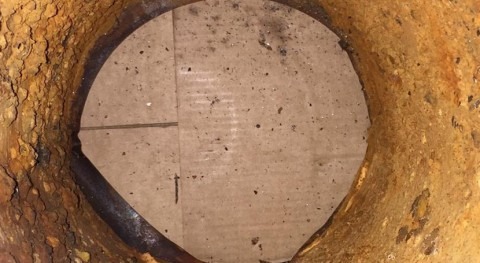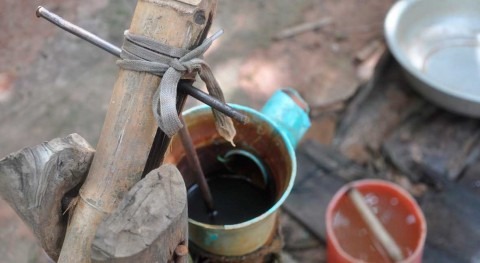When it comes to water conservation in cities that depend on wastewater reuse, even the best intentions can have unintended consequences.
That’s the main message to be gleaned from new findings from a team of water economists and engineers led by Kurt Schwabe, a professor of environmental economics and policy and the associate dean of the School of Public Policy at the University of California, Riverside.
In an article published this week in the journal Nature Sustainability, Schwabe and his co-researchers take a close look at how water conservation measures taken in Southern California in the wake of a major drought affected the availability and quality of regional wastewater.
In addition to Schwabe, the paper’s co-authors include Mehdi Nemati, an assistant Cooperative Extension specialist in water resource economics and policy in UCR’s School of Public Policy; Refat Amin and Quynh Tran, two UCR alumni who now work for the California Public Utilities Commission and Los Angeles County Water Sanitation Districts, respectively; and David Jassby, an associate professor of civil and environmental engineering at UCLA.
Treated municipal wastewater has a broad variety of potential uses, the researchers noted. It can be applied to irrigated agriculture and golf courses, used to recharge groundwater, or supply critical flows to local streams and rivers that provide habitat and recreational services.
In regions like Southern California, where most water is used for municipal purposes rather than agricultural ones, effluent — municipal wastewater that has been treated — flows from inland communities down the Santa Ana River Basin and toward the coast. Because of this linked system, indoor residential conservation can severely limit downstream water supplies.
The researchers analyzed water at 34 wastewater treatment plants throughout Southern California, tracking monthly effluent flow and salinity levels as well as certain characteristics of the plants’ corresponding water agencies, such as gallons per capita per day, conservation achievements, total potable water production, and the percentage of residential water use.
The researchers focused on the period from 2013-2017, which corresponds with one of California’s hottest and driest droughts on record. That drought led to new statewide water conservation policies, including for residential water users.
Cooperation with those conservation policies resulted in drops in the volume of wastewater flowing to treatment plants during the same period, the researchers noted. What’s more, the researchers observed a drop in effluent quality as wastewater flows and dilution decreased and levels of salinity and other pollutants in the water increased.
“Our main finding is that water conservation efforts during the drought led to reductions in wastewater volume and increases in wastewater salinity,” Schwabe said.
As a result of compliance with conservation measures through lower indoor water use, the amount of wastewater effluent was reduced. This reduction means less water for recycling and reuse — a source of water often thought of as drought-proof — and less water for stream augmentation, with a consequence of potentially impacting streamflow and downstream water quality, the researchers wrote.
The higher levels of salinity they observed are especially problematic because efforts to combat them through treatments such as reverse osmosis are costly and challenging.
Schwabe said the findings aren’t particularly surprising from an economics standpoint.
“In economics, we are taught that there are opportunity costs with every action we take,” he said. “So, it’s not surprising that while water conservation and increasing water-use efficiency are necessary strategies to address water scarcity now and in the future, there are consequences of such strategies.”
Moving forward, Schwabe said he and his team hope to use their research to help policymakers better manage water supplies. They’re currently developing a regional water-scarcity model to assist with planning efforts under different climate change scenarios and outcomes, he said.
“With significant investments by state and local governments in wastewater recycling for the purpose of augmenting water supplies and better preparing for drought, such findings suggest that additional attention should be given to how and where conservation is encouraged or mandated so that different drought strategies don’t work against one another,” Schwabe said.
“Perhaps the broader message here is that our water system is a connected, dynamic, and complex system,” he added. “Changes in water supply or demand in one time or place likely have implications on the availability of water in another time and place. That understanding is both necessary and critical to the development of efficient, fair, and sustainable water policy.”


